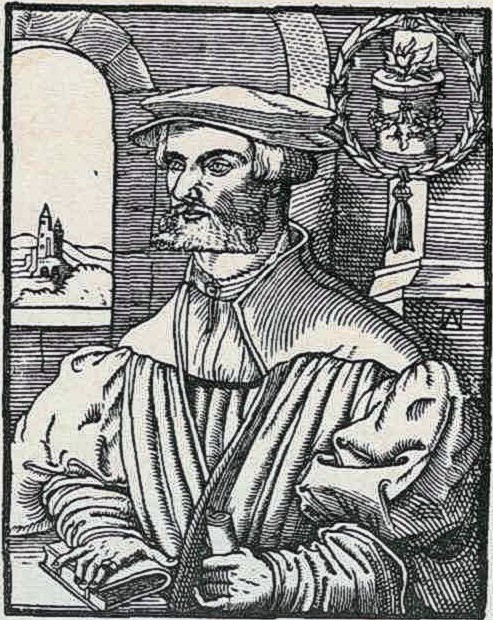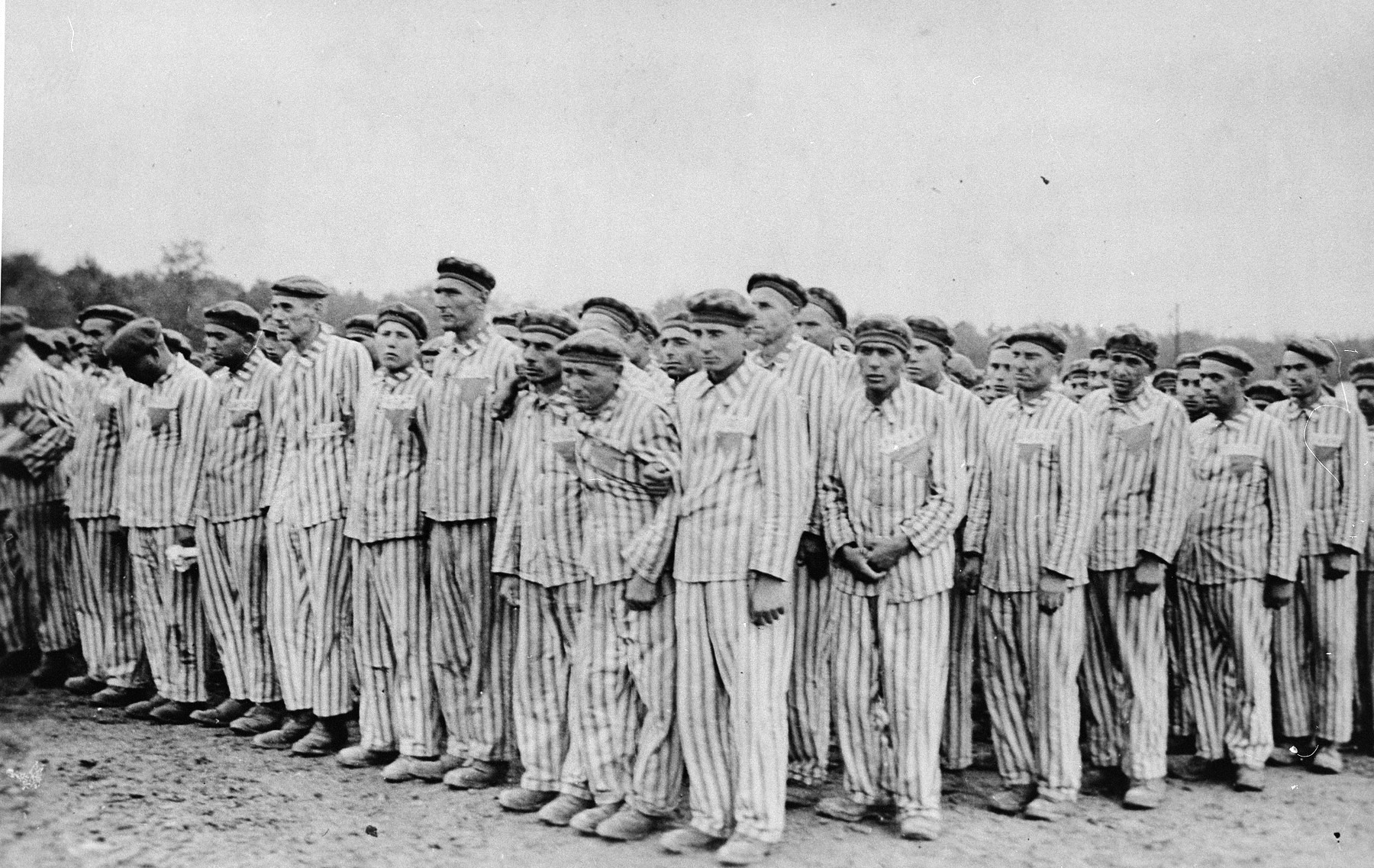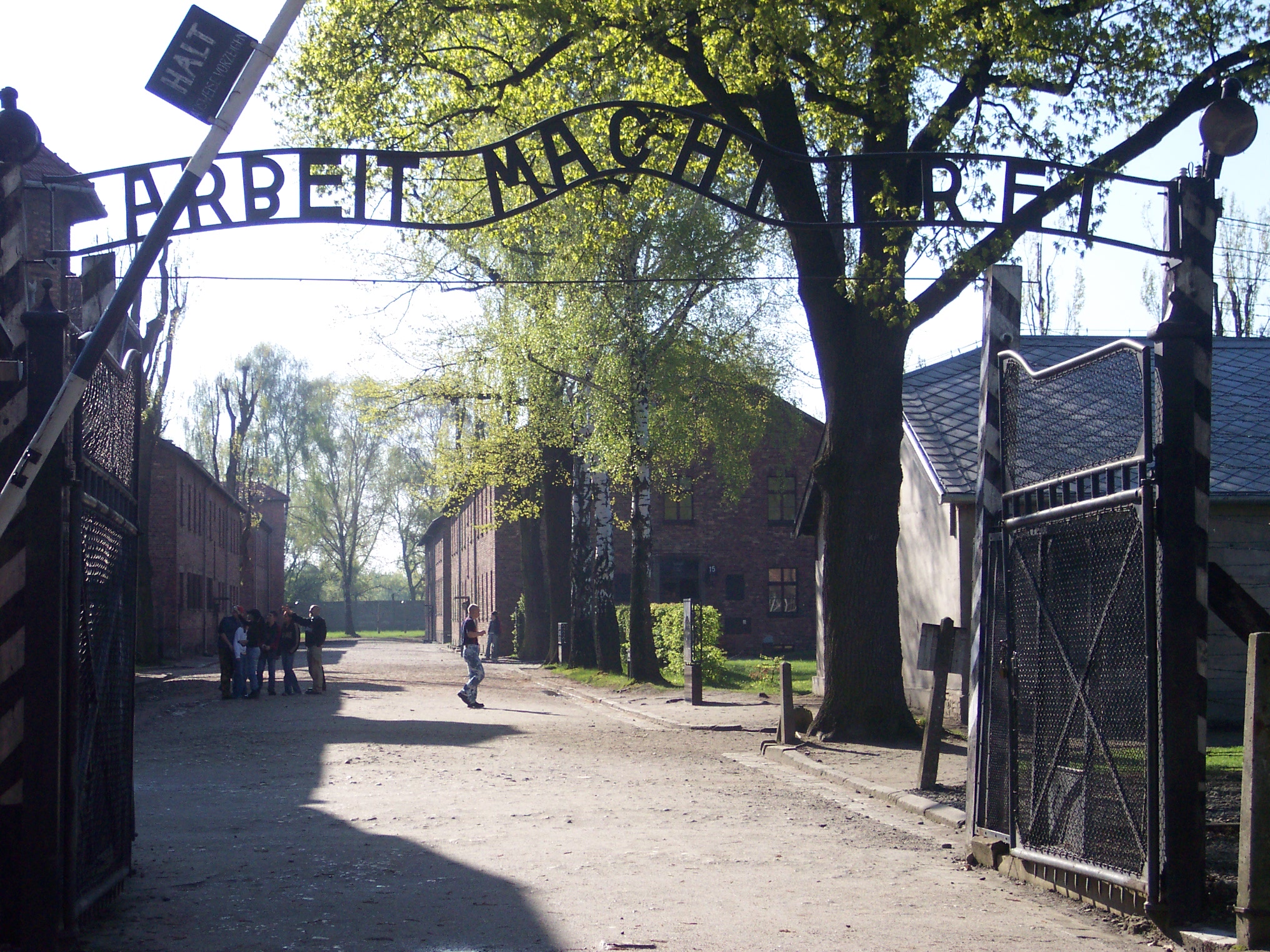|
Death Mills
''Death Mills'' (or ''Die Todesmühlen'') is a 1945 American-German propaganda film directed by Billy Wilder and produced by the United States Department of War. The film was intended for German audiences to educate them about the atrocities committed by the Nazi regime. For the German version, ''Die Todesmühlen'', Hanuš Burger is credited as the writer and director, while Wilder supervised the editing. Wilder is credited with directing the English-language version. The film is a much-abbreviated version of ''German Concentration Camps Factual Survey'', a 1945 British government documentary that was not completed until nearly seven decades later. The German-language version of the film was shown in the US sector of West Germany in January 1946. Synopsis The film opens with a note that the following is "a reminder that behind the curtain of Nazi pageants and parades was millions of men, women and children who were tortured to deaththe greatest mass murder in human history," ... [...More Info...] [...Related Items...] OR: [Wikipedia] [Google] [Baidu] |
Billy Wilder
Billy Wilder (; ; born Samuel Wilder; June 22, 1906 – March 27, 2002) was an Austrian-American filmmaker. His career in Hollywood spanned five decades, and he is regarded as one of the most brilliant and versatile filmmakers of Classic Hollywood cinema. He was nominated for the Academy Award for Best Director eight times, winning twice, and for a screenplay Academy Award 13 times, winning three times. Wilder became a screenwriter while living in Berlin. The rise of the Nazi Party and antisemitism in Germany saw him move to Paris. He then moved to Hollywood in 1933, and had a major hit when he, Charles Brackett and Walter Reisch wrote the screenplay for the Academy Award-nominated film '' Ninotchka'' (1939). Wilder established his directorial reputation and received his first nomination for the Academy Award for Best Director with the film noir adaptation of the novel ''Double Indemnity'' (1944), for which he co-wrote the screenplay with Raymond Chandler. Wilder won the ... [...More Info...] [...Related Items...] OR: [Wikipedia] [Google] [Baidu] |
Hadamar
Hadamar is a small town in Limburg-Weilburg district in Hesse, Germany. Hadamar is known for its Clinic for Forensic Psychiatry/Centre for Social Psychiatry, lying at the edge of town, in whose outlying buildings is also found the Hadamar Memorial. This remembers the murders of people with handicaps and mental illnesses under the Nazi regime at the ''NS-Tötungsanstalt Hadamar''.http://www.graf-von-katzenelnbogen.de/ The History of the County of Katzenelnbogen and the First Riesling of the World Geography Location Hadamar lies 7 km north of Limburg between Cologne and Frankfurt am Main on the southern edge of the Westerwald at elevations from 120 to 390 m above sea level. Neighbouring communities Hadamar borders in the north on the communities of Dornburg, Elbtal and Waldbrunn, in the east on the community of Beselich, in the south on the town of Limburg and the community of Elz (all in Limburg-Weilburg) and in the west on the community of Hundsangen ... [...More Info...] [...Related Items...] OR: [Wikipedia] [Google] [Baidu] |
That Justice Be Done
''That Justice Be Done'' was a one-reel American propaganda film directed by George Stevens and made in 1945 by the Office of War Information for the US Chief of Counsel at Nuremberg and the War Crimes Office of the Judge Advocate General's Corps. The film opens with a shot of the Jefferson Memorial and a voice over of Thomas Jefferson declaring his opposition to all forms of tyranny, then slowly fades to footage of Adolf Hitler making a speech soon dubbed into English "We have the right to do anything which benefits the German race, including complete expulsion of inferior peoples." The camera then moves to the crowds of people shouting " Sieg heil" and the soundtrack continues over pictures of war crimes. The narrator describes how the various classes of war criminals, traitors, and people who committed specific acts are dealt with, then moves on to the major Nazi war criminals. The narrator states that we cannot torture or poison them like they did to their victims, but must ... [...More Info...] [...Related Items...] OR: [Wikipedia] [Google] [Baidu] |
Nuremberg Trials
The Nuremberg trials were held by the Allies against representatives of the defeated Nazi Germany, for plotting and carrying out invasions of other countries, and other crimes, in World War II. Between 1939 and 1945, Nazi Germany invaded many countries across Europe, inflicting 27 million deaths in the Soviet Union alone. Proposals for how to punish the defeated Nazi leaders ranged from a show trial (the Soviet Union) to summary executions (the United Kingdom). In mid-1945, France, the Soviet Union, the United Kingdom, and the United States agreed to convene a joint tribunal in Nuremberg, with the Nuremberg Charter as its legal instrument. Between 20 November 1945 and 1 October 1946, the International Military Tribunal (IMT) tried 21 of the most important surviving leaders of Nazi Germany in the political, military, and economic spheres, as well as six German organizations. The purpose of the trial was not just to convict the defendants but also to assemble irrefutable ev ... [...More Info...] [...Related Items...] OR: [Wikipedia] [Google] [Baidu] |
Nuremberg Trials (film)
''The Nuremberg Trials'' is a 1947 Soviet-made documentary film about the trials of individual members of the former Nazi leadership after World War II. It was directed by Elizaveta Svilova, produced by Roman Karmen, and was an English-language version of the Russian language film ''Суд народов'' ("Judgment of the Peoples" or "Judgment of the Nations"). Most of the film describes the Nazis' crimes in detail, particularly those committed in the Soviet Union. It claims that if not stopped, the Nazis would have "turned the whole world into a Majdanek". It also includes some elements of anti-capitalist propaganda, claiming that the real rulers of Germany were "armament kings" such as Gustav Krupp von Bohlen und Halbach. Of the Holocaust and the recovery of gold from its victims, the film accurately notes that the Nazis "even made death into a commercial enterprise." It is noted in the film that the Soviet Union objected to the acquittal of Hans Fritzsche, Franz von P ... [...More Info...] [...Related Items...] OR: [Wikipedia] [Google] [Baidu] |
List Of Holocaust Films
These films deal with the Holocaust in Europe, comprising both documentaries and narratives. They began to be produced in the early 1940s before the extent of the Holocaust at that time was widely recognized. The films span a range of genres, with documentary films including footage filmed both by the Germans for propaganda and by the Allies, compilations, survivor accounts and docudramas, and narrative films including war films, action films, love stories, psychological dramas, and even comedies. __NOTOC__ Narrative films: 1940s1950s1960s1970s1980s 1980s 1990s2000s2010s2020s Documentary films: 1940s1950s1960s1970s1980s 1990s2000s2010s2020s See alsoReferences 1940s 1950s 1960s 1970s 1980s 1990s 2000s 2010s 2020s Documentary films 1940s 1950s 1960s 1970s 1980s 1990s 2000s 2010s 2020s See also * List of World War II films * List of films made in the Third Reich * List of Allied propaganda films of ... [...More Info...] [...Related Items...] OR: [Wikipedia] [Google] [Baidu] |
Reichsbank
The ''Reichsbank'' (; 'Bank of the Reich, Bank of the Realm') was the central bank of the German Reich from 1876 until 1945. History until 1933 The Reichsbank was founded on 1 January 1876, shortly after the establishment of the German Empire in 1871. It was the central bank of Prussia, under the close control of the Reich government. Its first president was Hermann von Dechend. Before unification in 1871, Germany had 31 central banks – the Notenbanken ("note banks"). Each of the independent states issued their own money. In 1870, a law was passed that forbade the formation of further central banks. In 1874, a draft banking law was introduced in the ''Reichstag'', the federal legislature of the German Reich. After several changes and compromises, the law was passed in 1875. Despite the creation of the Reichsbank, however, four of the ''Notenbanken'' – Baden, Bavaria, Saxony and Württemberg – continued to exist until 1914 . The Reichsbank experienced bot ... [...More Info...] [...Related Items...] OR: [Wikipedia] [Google] [Baidu] |
Buchenwald
Buchenwald (; literally 'beech forest') was a Nazi concentration camp established on hill near Weimar, Germany, in July 1937. It was one of the first and the largest of the concentration camps within Germany's 1937 borders. Many actual or suspected communists were among the first internees. Prisoners came from all over Europe and the Soviet Union— Jews, Poles and other Slavs, the mentally ill and physically disabled, political prisoners, Romani people, Freemasons, and prisoners of war. There were also ordinary criminals and sexual "deviants". All prisoners worked primarily as forced labor in local armaments factories. The insufficient food and poor conditions, as well as deliberate executions, led to 56,545 deaths at Buchenwald of the 280,000 prisoners who passed through the camp and its 139 subcamps. The camp gained notoriety when it was liberated by the United States Army in April 1945; Allied commander Dwight D. Eisenhower visited one of its subcamps. From August 19 ... [...More Info...] [...Related Items...] OR: [Wikipedia] [Google] [Baidu] |
Auschwitz
Auschwitz concentration camp ( (); also or ) was a complex of over 40 Nazi concentration camps, concentration and extermination camps operated by Nazi Germany in Polish areas annexed by Nazi Germany, occupied Poland (in a portion annexed into Germany in 1939) during World War II and the Holocaust. It consisted of #Auschwitz I, Auschwitz I, the main camp (''Stammlager'') in Oświęcim; #Auschwitz II-Birkenau, Auschwitz II-Birkenau, a concentration and extermination camp with gas chambers; #Auschwitz III, Auschwitz III-Monowitz, a Arbeitslager, labor camp for the chemical conglomerate IG Farben; and List of subcamps of Auschwitz, dozens of subcamps. The camps became a major site of the Nazis' Final Solution to the Jewish Question, final solution to the Jewish question. After Germany Causes of World War II#Invasion of Poland, sparked World War II by Invasion of Poland, invading Poland in September 1939, the ''Schutzstaffel'' (SS) converted Auschwitz I, an army barracks, into a p ... [...More Info...] [...Related Items...] OR: [Wikipedia] [Google] [Baidu] |
Arbeit Macht Frei
() is a German phrase meaning "Work sets you free" or "Work makes one free". The slogan is known for appearing on the entrance of Auschwitz and other Nazi concentration camps. Origin The expression comes from the title of an 1873 novel by German philologist Lorenz Diefenbach, , in which gamblers and fraudsters find the path to virtue through labour. The phrase was also used in French () by Auguste Forel, a Swiss entomologist, neuroanatomist and psychiatrist, in his ( en, Ants of Switzerland, link=no) (1920). In 1922, the of Vienna, an ethnic nationalist "protective" organization of Germans within Austria, printed membership stamps with the phrase . The phrase is also evocative of the medieval German principle of ("urban air makes you free"), according to which serfs were liberated after being a city resident for one year and one day. Use by the Nazis In 1933 the first communist prisoners were being rounded up for an indefinite period without charges. They were held ... [...More Info...] [...Related Items...] OR: [Wikipedia] [Google] [Baidu] |
Crematoria
Cremation is a method of final disposition of a dead body through burning. Cremation may serve as a funeral or post-funeral rite and as an alternative to burial. In some countries, including India and Nepal, cremation on an open-air pyre is an ancient tradition. Starting in the 19th century, cremation was introduced or reintroduced into other parts of the world. In modern times, cremation is commonly carried out with a closed furnace (cremator), at a crematorium. Cremation leaves behind an average of 2.4 kg (5.3 lbs) of remains known as "ashes" or "cremains". This is not all ash but includes unburnt fragments of bone mineral, which are commonly ground into powder. They do not constitute a health risk and may be buried, interred in a memorial site, retained by relatives or scattered in various ways. History Ancient Cremation dates from at least 17,000 years ago in the archaeological record, with the Mungo Lady, the remains of a partly cremated body found at ... [...More Info...] [...Related Items...] OR: [Wikipedia] [Google] [Baidu] |
Red Army
The Workers' and Peasants' Red Army (Russian language, Russian: Рабо́че-крестья́нская Кра́сная армия),) often shortened to the Red Army, was the army and air force of the Russian Soviet Federative Socialist Republic and, after 1922, the Union of Soviet Socialist Republics. The army was established in January 1918. The Bolsheviks raised an army to oppose the military confederations (especially the various groups collectively known as the White Army) of their adversaries during the Russian Civil War. Starting in February 1946, the Red Army, along with the Soviet Navy, embodied the main component of the Soviet Armed Forces; taking the official name of "Soviet Army", until its dissolution in 1991. The Red Army provided the largest land warfare, land force in the Allied victory in the European theatre of World War II, and its Soviet invasion of Manchuria, invasion of Manchuria assisted the unconditional surrender of Empire of Japan, Imperial Japan. ... [...More Info...] [...Related Items...] OR: [Wikipedia] [Google] [Baidu] |









